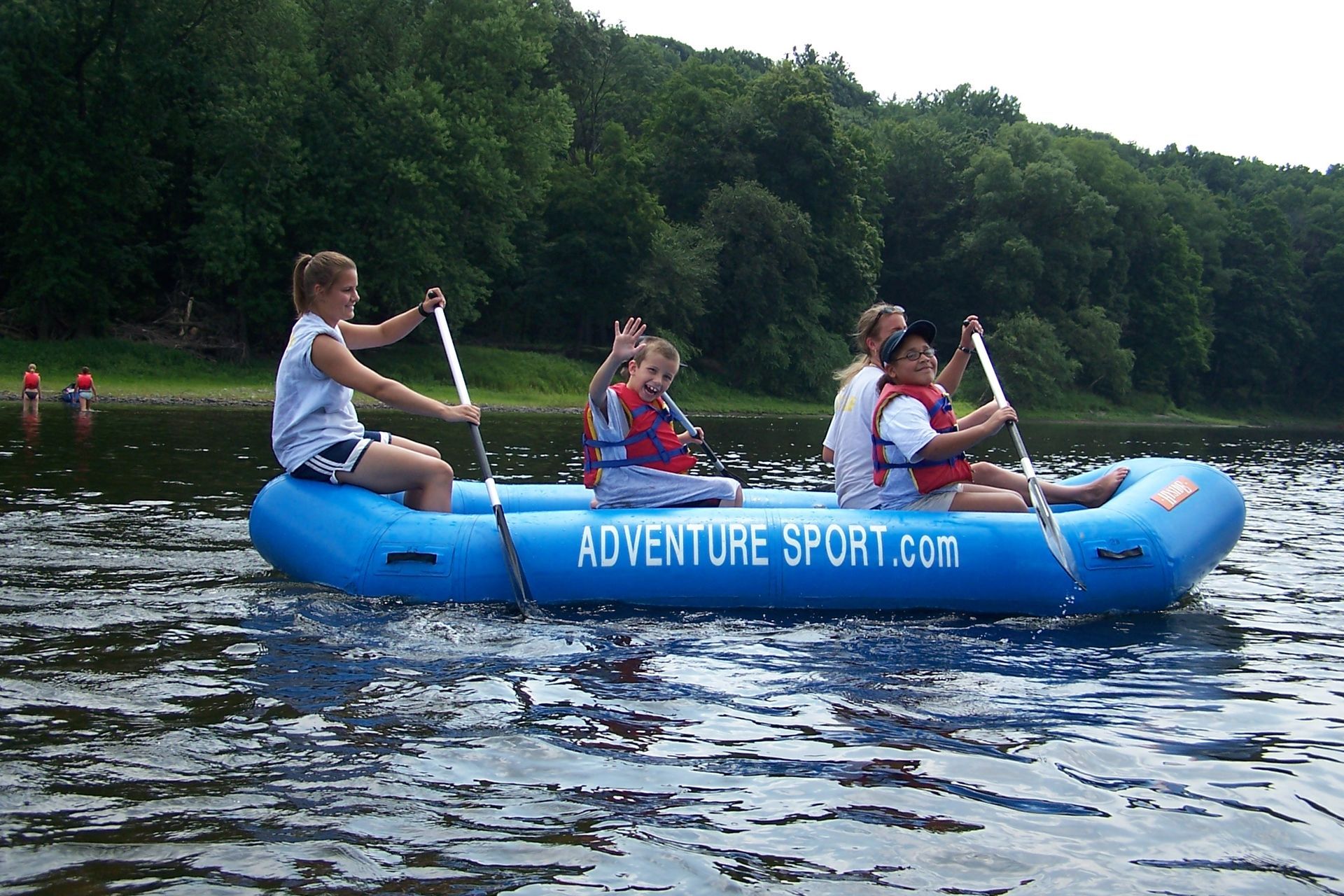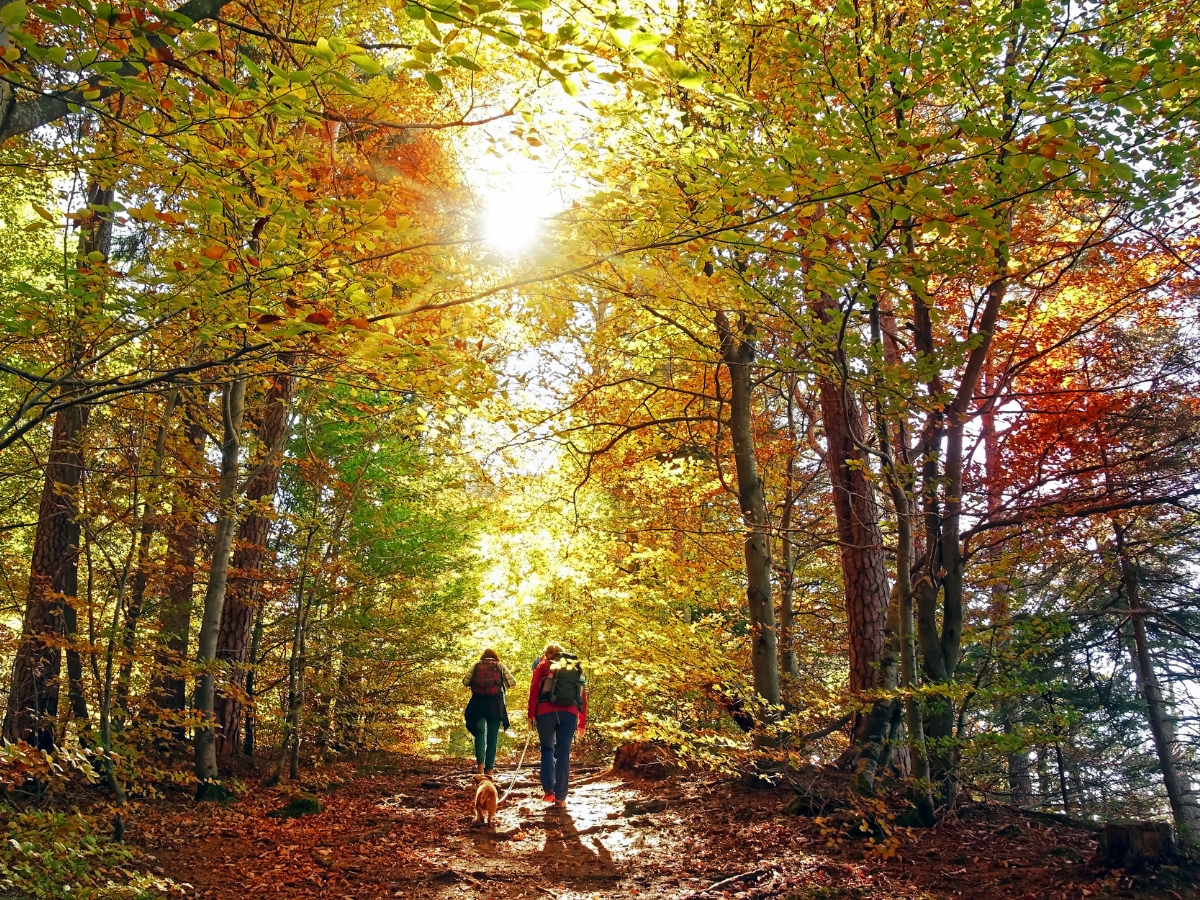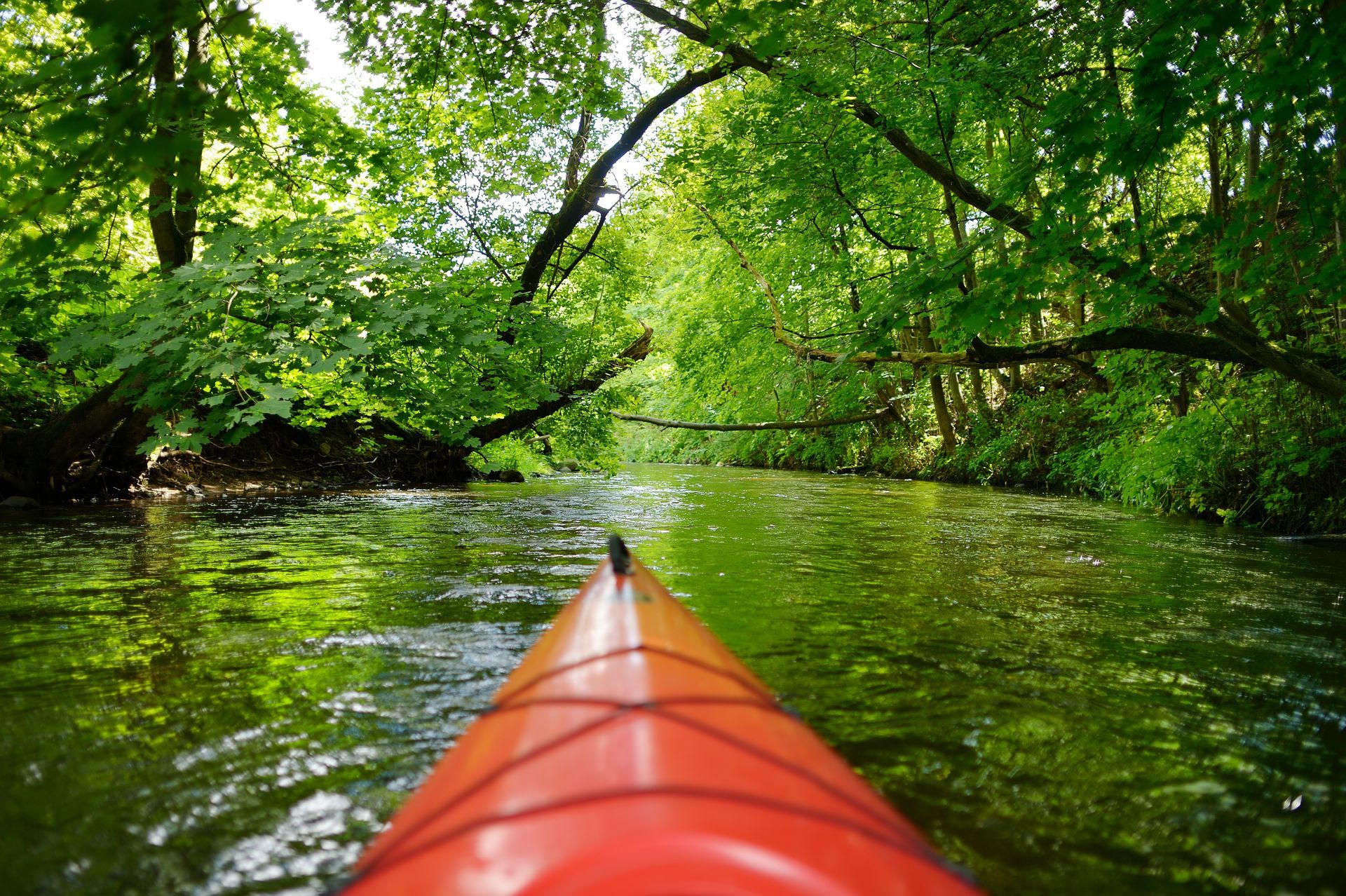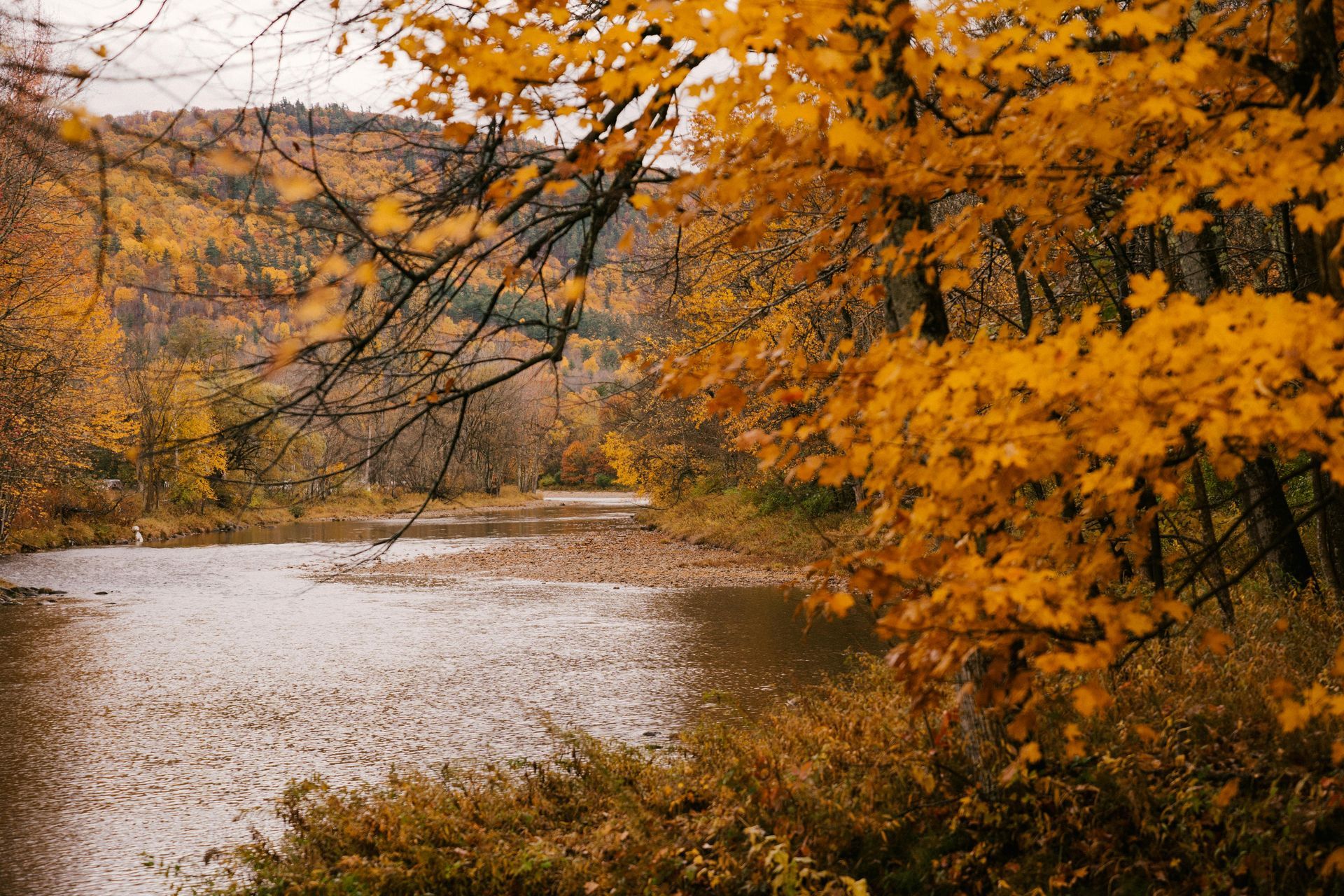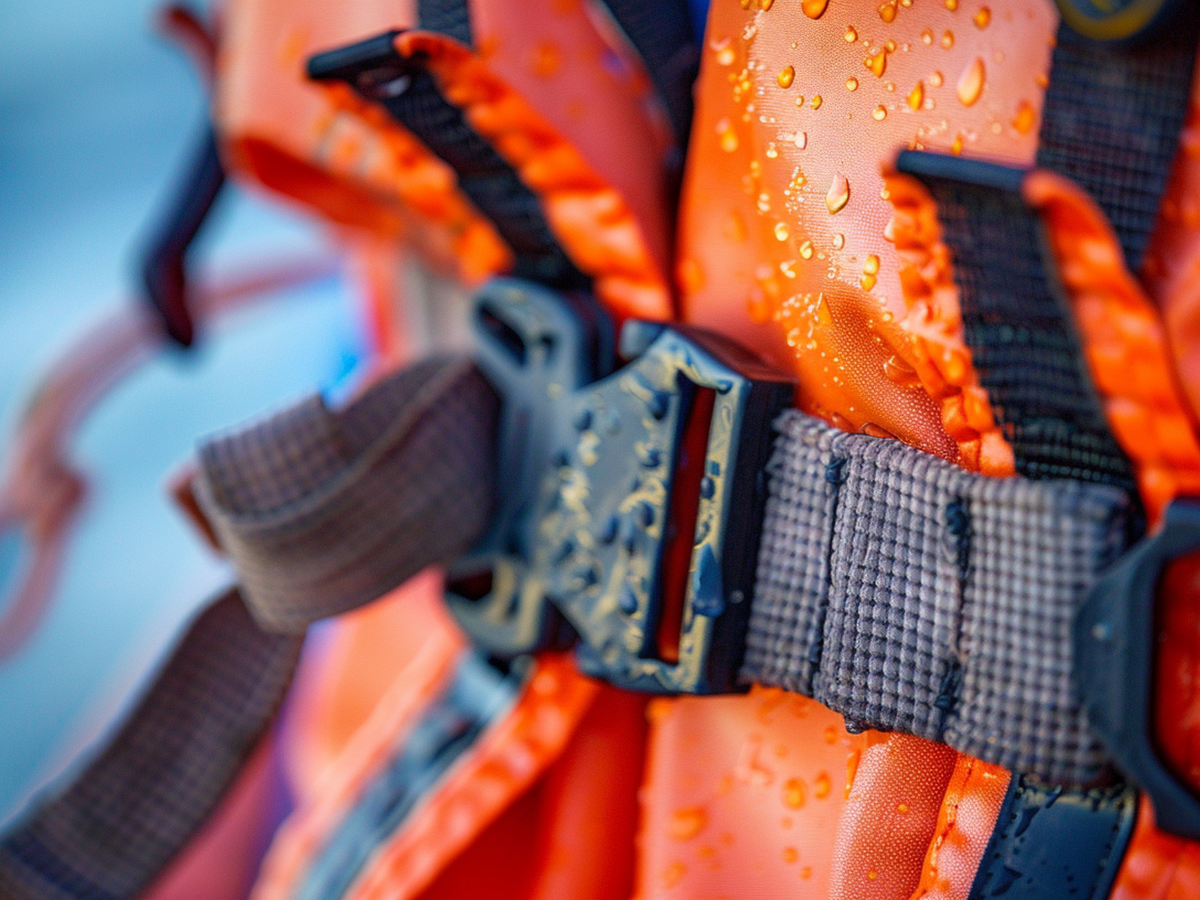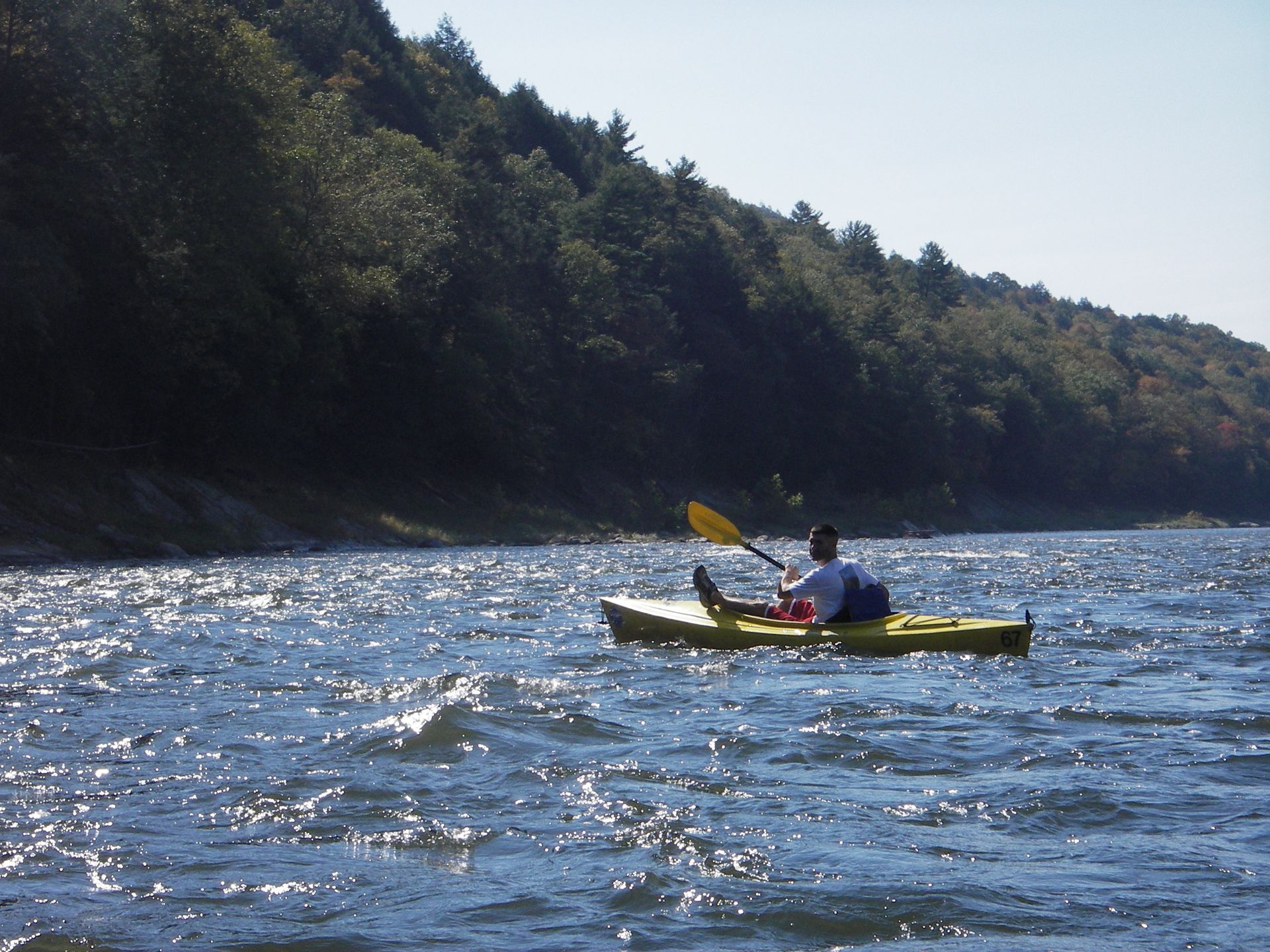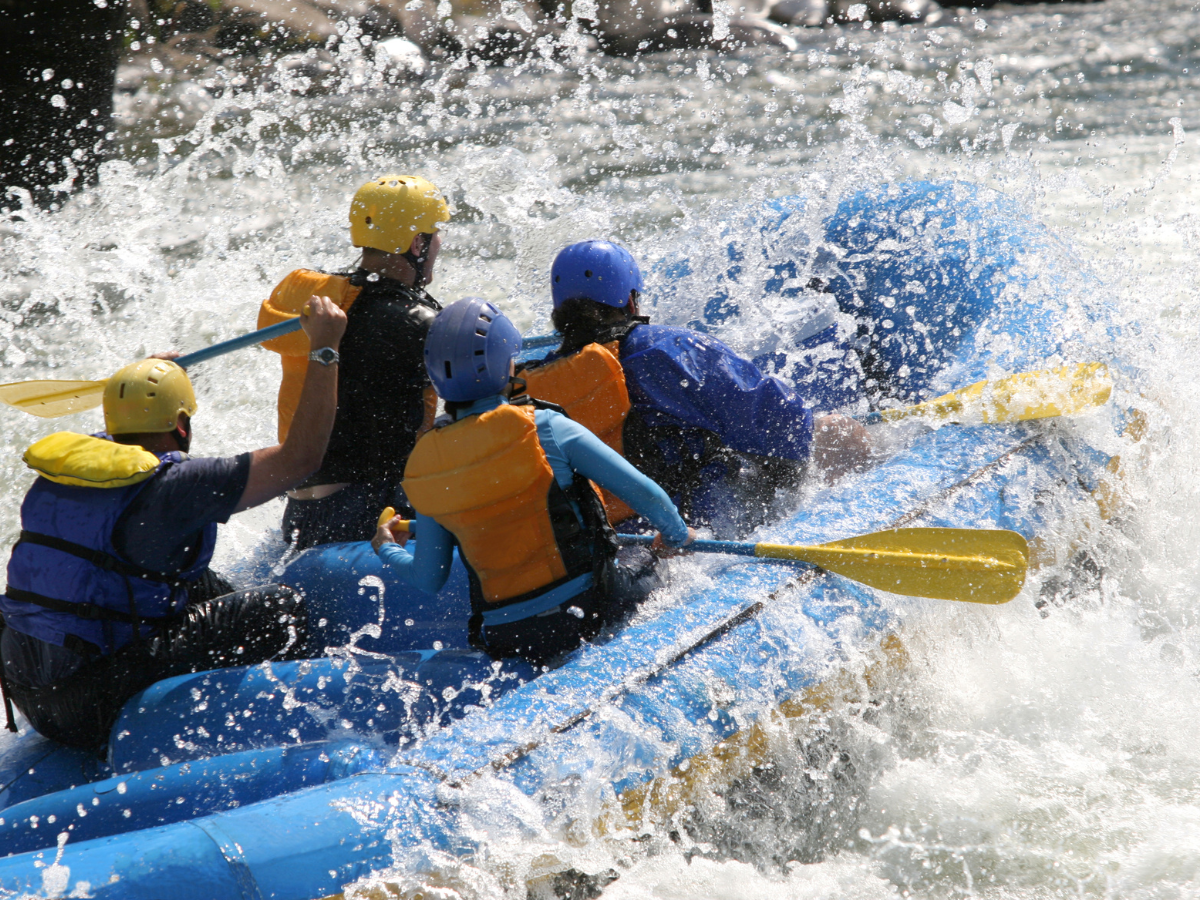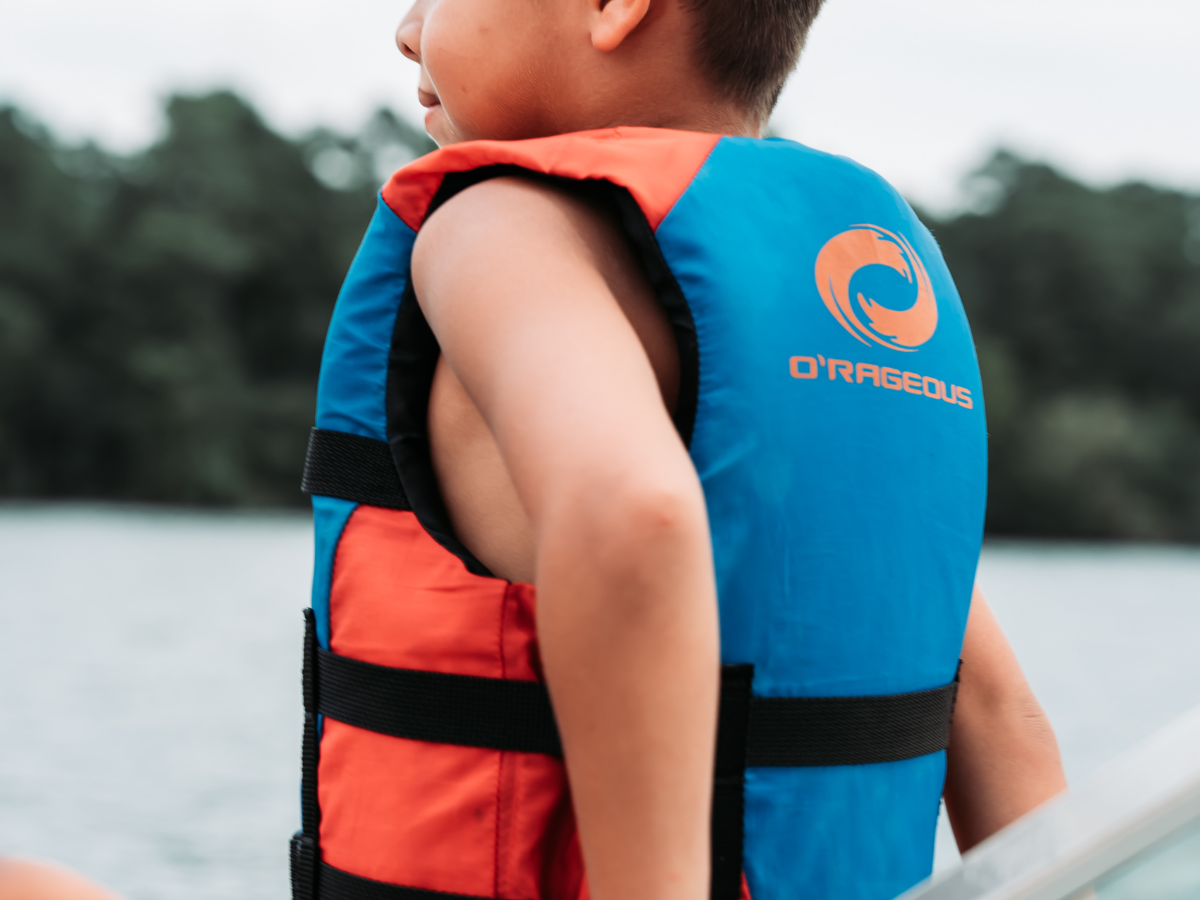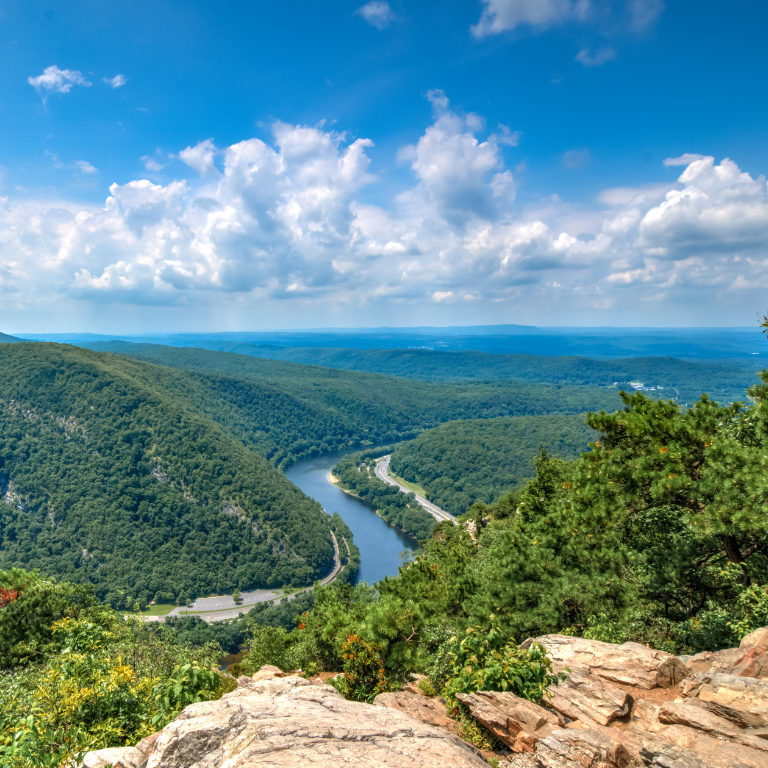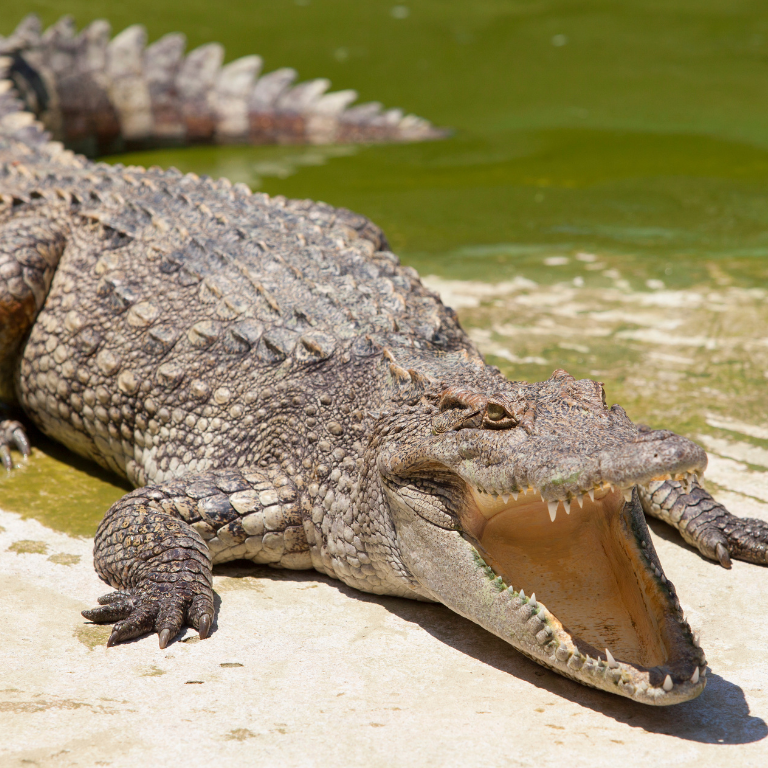Kayak Raft or Canoe? Which is best?
Water sports are an exhilarating way to enjoy nature, get some exercise, and have a lot of fun. Whether you’re riding the rapids in a raft, gliding through a serene lake in a canoe, or slicing through ocean waves in a kayak, there’s a water sport to suit your taste for adventure. But with so many options, how do you choose the right one for you? In this comprehensive guide, we’ll dive into the unique aspects of kayaking, rafting, and canoeing to help you make an informed decision.
What is Kayaking?
Kayaking is a versatile water sport that appeals to those seeking solitude on the water as well as adventure seekers looking to navigate challenging waterways. The kayak itself is a small and agile craft, which can be found in various shapes and sizes to suit different types of kayaking.
The History of Kayaking
Kayaking has a rich history, with its origins tracing back thousands of years to the Inuit and Aleut tribes of the Arctic North America. Originally designed for hunting, kayaks were made from animal skins stretched over a wooden frame. Today, they have evolved into high-tech vessels made for recreation, exploration, and sport.
Types of Kayaks
There are several different types of kayaks available, each designed for specific water conditions and kayaking styles. Sea kayaks are built for stability and speed in open water, while whitewater kayaks are shorter and more maneuverable for navigating rapids. Recreational kayaks offer comfort and ease of use for beginners and casual paddlers.
Kayaking Equipment
To kayak, you’ll need a few key pieces of equipment: a kayak, a double-bladed paddle, and a personal flotation device (PFD). Depending on the conditions, you may also require a helmet, spray skirt, and appropriate clothing to protect you from the elements or cold water. Always ensure your equipment is in good condition before heading out.
Pros and Cons of Kayaking
Kayaking can be a peaceful solo activity or an exciting adventure with friends. It’s a sport that offers many benefits but also has some considerations to keep in mind.
Pros of Kayaking
- Fitness Benefits: Kayaking is an excellent full-body workout. It strengthens the core and increases arm and shoulder strength through paddling.
- Accessibility: Kayaks are relatively easy to transport and launch, making them accessible for many different types of waterways.
- Wildlife Encounters: The stealth of a kayak allows for up-close experiences with wildlife, as you can quietly approach animals without disturbing them.
- Variety of Experiences: Whether you prefer calm waters or adrenaline-fueled rapids, kayaking offers a range of experiences to suit any preference.
Cons of Kayaking
- Learning Curve: Mastering the techniques of paddling and maneuvering can take time, and beginners may find it challenging at first.
- Physical Demand: Extended periods of paddling can be tiring, and those with limited upper body strength or stamina may find it challenging.
- Potential for Danger: Like any water sport, kayaking comes with risks such as capsizing, particularly in rough waters or when not properly trained.
- Equipment Cost: Quality kayaks and gear can be expensive, although rentals are available for those not ready to invest in their own equipment.
What is Rafting?
Rafting is a thrilling group activity that involves navigating rivers and rapids. It’s an adventure that combines teamwork with the excitement of the great outdoors.
The Thrill of Whitewater Rafting
Whitewater rafting is the most popular form of rafting, where groups tackle varying levels of rapids on a river. It’s a thrilling experience that requires coordination and a bit of bravery as you work with your team to navigate through turbulent waters.
Rafting Equipment
The primary piece of equipment for rafting is the raft itself, which is typically an inflatable boat designed to hold multiple people. Each rafter is equipped with a paddle and a PFD, and helmets are often required for safety. Additional equipment may include a rescue throw bag, guide stick, and waterproof containers for personal items.
Rafting as a Team Sport
One of the unique aspects of rafting is the emphasis on teamwork. Success on the water depends on the group’s ability to communicate and work together to steer the raft and navigate obstacles.
Pros and Cons of Rafting
Rafting is an invigorating group activity, ideal for those who enjoy socializing and working as part of a team. However, it’s not without its challenges and risks.
Pros of Rafting
- Social Interaction: Rafting is a fantastic way to bond with others and create lasting memories with friends or family.
- Stress Relief: The combination of physical activity and outdoor settings can significantly reduce stress and boost mental health.
- No Experience Necessary: Rafting does not require previous experience, making it accessible to beginners.
- Safety in Numbers: Rafting with a group and a guide increases the level of safety, as there are more people to assist if someone falls into the water or the raft capsizes.
Cons of Rafting
- Limited Control: Rafts are large and heavy, making them harder to steer and control than smaller crafts like kayaks.
- Dependence on Guides: Rafting often requires a trained guide, which can limit the sense of adventure for those seeking independence.
- Group Dynamics: The experience can be affected by the group’s dynamic, and disagreements or lack of cooperation can impact the enjoyment and safety of the trip.
- Seasonal and Weather Dependent: Rafting is highly dependent on river conditions, which can be affected by weather and seasonal changes, limiting when you can participate.
What is Canoeing?
Canoeing is a classic water sport that has stood the test of time. It’s a versatile activity that can range from peaceful paddling to engaging in competitive canoeing events.
The Origins of Canoeing
The canoe has been a mode of transportation and a means of survival for thousands of years. Native Americans crafted canoes from hollowed-out tree trunks for fishing and travel. Today, canoes are used for sport, leisure, and exploration around the world.
Canoeing Techniques
Canoeing requires a different set of paddling techniques compared to kayaking. With a single-bladed paddle, canoeists use various strokes to steer and propel the canoe, such as the forward stroke, J-stroke, and sweep stroke. Mastering these techniques can greatly enhance the canoeing experience.
Canoeing for Recreation and Competition
Canoeing is not just a recreational activity; it’s also a competitive sport with various disciplines, including sprint racing, slalom, and marathon events. Recreational canoeing, on the other hand, allows for a leisurely exploration of waterways at your own pace.
Pros and Cons of Canoeing
Canoeing is a great way to enjoy the outdoors and can be adapted to suit a wide range of activities, from fishing to camping trips.
Pros of Canoeing
- Versatility: Canoes are suitable for a variety of activities, including fishing, overnight trips, and gentle river paddling.
- Space and Comfort: The open design of canoes offers more space for passengers and gear, making them ideal for longer excursions.
- Family-Friendly: Canoes are stable and can accommodate multiple passengers, which is perfect for family outings.
- Connection with Nature: Canoeing allows for a quiet and intimate connection with the surrounding environment, offering a peaceful escape from the hustle and bustle of everyday life.
Cons of Canoeing
- Physical Demand: Paddling a canoe can be strenuous, especially over long distances or against strong currents.
- Vulnerability to Weather: Canoes are open and can be affected by wind and waves, making them less suitable for adverse weather conditions.
- Steering Difficulty: In strong currents or winds, canoes can be more difficult to steer compared to kayaks or rafts.
- Transportation and Storage: Canoes are typically larger than kayaks, which can make them more cumbersome to transport and store.

Photo by: American Rivers
Adventure Sports Top Trips
The Poconos region is a haven for water sports enthusiasts. With its stunning natural landscapes and a plethora of lakes and rivers, it’s the perfect destination to try kayaking, rafting, or canoeing.
Exploring the Delaware Water Gap
The Delaware Water Gap National Recreation Area is a prime location for all three water sports. With the scenic Delaware River running through it, visitors can enjoy gentle paddles or more adventurous outings depending on the river’s conditions.
Serene Paddling at Smithfield Beach
Smithfield Beach is an idyllic spot for a calm day of rafting or canoeing. Nestled along the picturesque Delaware River, this location offers a tranquil setting for paddlers seeking a peaceful experience. Our Smithfield beach to Delaware Water Gap trip is also the only trip we offer rafting, but it’s also perfect for kayaking and canoeing.
Adventure Hub in Bushkill
Bushkill serves as the perfect base camp for water sports enthusiasts in the Poconos. Known for its outdoor activities and scenic beauty, this charming area provides easy access to the Bushkill Creek and other popular water sports destinations in the region.
Which One is Best for You?
Choosing between kayaking, rafting, and canoeing ultimately depends on your personal preferences, physical abilities, and the type of experience you’re seeking. Each sport offers its own unique set of advantages.
Consider Your Fitness Level and Experience
Assess your physical condition and any previous experience with water sports. If you’re a beginner or have limited upper body strength, you might find canoeing more accessible. For those with more experience or seeking a workout, kayaking could be the better choice.
Think About the Type of Adventure You Want
Are you looking for an adrenaline rush or a relaxing day on the water? Rafting is perfect for thrill-seekers, while canoeing is ideal for those who want a more laid-back experience. Kayaking offers a balance between the two, with options for both excitement and tranquility.
Factor in Social Preferences
If you enjoy socializing and teamwork, rafting is a great way to connect with others. For a more solitary or intimate experience with a friend or partner, kayaking or canoeing may be more appropriate.
Safety and Preparedness
No matter which water sport you choose, safety should always be a priority. Make sure you are well-informed about the safety measures for your chosen activity, including wearing a PFD, understanding rescue techniques, and knowing the waterway’s conditions.
Conclusion
Kayaking, rafting, and canoeing each offer a unique way to experience the water and can cater to a wide range of interests and skill levels. The
Poconos
region, with its diverse waterways, is an ideal location to explore these water sports. Whether you’re in search of excitement or serenity, you’re sure to find an activity that resonates with you. So grab your paddle and prepare for an unforgettable adventure on the water!
